NASA, companies reject concerns over commercial space station development schedules
Monday, 01 August 2022 02:02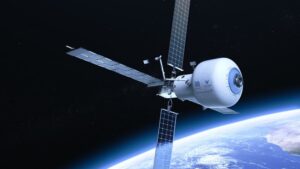
Both NASA and the companies selected by the agency to begin development of commercial space stations say they don’t share concerns raised by watchdogs that such stations may not be ready by the time the International Space Station is retired.
Roscosmos head revises comments about quitting ISS after 2024
Sunday, 31 July 2022 20:35
The new head of Russia’s space agency backed away from comments suggesting Russia would withdraw from the International Space Station as soon as 2024 but expressed doubts Russia would be involved through 2030.
Sneaky discovery sheds light on star death, black holes and gravity waves
Sunday, 31 July 2022 19:42 There is always something new and exciting happening in the field of black hole research.
Albert Einstein first published his book explaining the theory of general relativity - which postulated black holes - in 1922. One hundred years later, astronomers captured actual images of the black hole at the center of the Milky Way. In a recent paper, a team of astronomers describes another exciti
There is always something new and exciting happening in the field of black hole research.
Albert Einstein first published his book explaining the theory of general relativity - which postulated black holes - in 1922. One hundred years later, astronomers captured actual images of the black hole at the center of the Milky Way. In a recent paper, a team of astronomers describes another exciti Scientists have systematized all the halos discovered over thousands of years of observations
Sunday, 31 July 2022 19:42 For the first time in the history of observations, scientists from the Helsinki and Ural Federal Universities Jarmo Moilanen and Maria Gritsevich have systematized information about all forms of atmospheric halos recorded by mankind at the end of 2021. From numerous sources of data on observations, the history of which includes 4-5 millennia, 119 different forms of atmospheric halo are known tod
For the first time in the history of observations, scientists from the Helsinki and Ural Federal Universities Jarmo Moilanen and Maria Gritsevich have systematized information about all forms of atmospheric halos recorded by mankind at the end of 2021. From numerous sources of data on observations, the history of which includes 4-5 millennia, 119 different forms of atmospheric halo are known tod Next generation atomic clocks are a step closer to real world applications
Sunday, 31 July 2022 19:42 Quantum clocks are shrinking, thanks to new technologies developed at the University of Birmingham-led UK Quantum Technology Hub Sensors and Timing
Working in collaboration with and partly funded by the UK's Defence Science and Technology Laboratory (Dstl), a team of quantum physicists have devised new approaches that not only reduce the size of their clock, but also make it robust enough
Quantum clocks are shrinking, thanks to new technologies developed at the University of Birmingham-led UK Quantum Technology Hub Sensors and Timing
Working in collaboration with and partly funded by the UK's Defence Science and Technology Laboratory (Dstl), a team of quantum physicists have devised new approaches that not only reduce the size of their clock, but also make it robust enough House appropriator discusses space priorities
Sunday, 31 July 2022 14:20
A key House member outlined his priorities for NASA and civil space activities that he says are necessary to compete in a new “space race” with China.
The post House appropriator discusses space priorities appeared first on SpaceNews.
Chinese booster rocket makes uncontrolled return to Earth
Sunday, 31 July 2022 08:19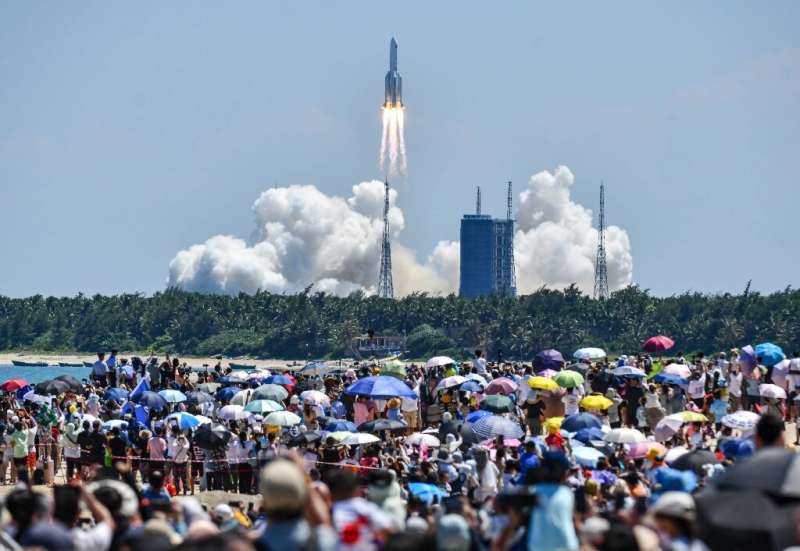
A Chinese booster rocket made an uncontrolled return to Earth on Saturday, leading US officials to chide Beijing for not sharing information about the potentially hazardous object's descent.
US Space Command "can confirm the People's Republic of China (PRC) Long March 5B (CZ-5B) re-entered over the Indian Ocean at approx 10:45 am MDT on 7/30," the US military unit said on Twitter.
"We refer you to the #PRC for further details on the reentry's technical aspects such as potential debris dispersal+ impact location," it said.
In a statement posted to its official WeChat profile, the China Manned Space Agency later gave coordinates for an impact area in the Sulu Sea, about 35 miles (57 kilometers) off the east coast of the Philippines' Palawan Island.
"Most of its devices were ablated and destroyed during re-entry," the agency said of the booster rocket, which was used last Sunday to launch the second of three modules China needed to complete its new Tiangong space station.
ESA scaling back design of X-ray astronomy mission
Saturday, 30 July 2022 18:44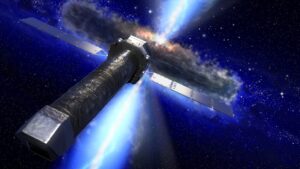
Faced within increasing costs, the European Space Agency is looking for ways to revise the design of a large X-ray space telescope, an effort that could have implications for NASA’s own astrophysics programs.
The post ESA scaling back design of X-ray astronomy mission appeared first on SpaceNews.
Long March 5B rocket stage makes fiery uncontrolled reentry over Indian Ocean
Saturday, 30 July 2022 16:59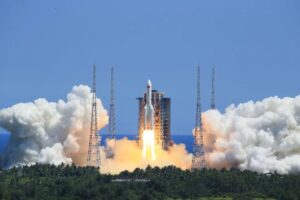
Wreckage from a Chinese Long March 5B rocket first stage made a fiery reentry into Earth’s atmosphere over Southeast Asia Saturday, six days after launching a space station module into orbit.
Hydrosat secures Tier 1 remote sensing operating license
Friday, 29 July 2022 19:17
Washington-based Hydrosat, a geospatial data and analytics startup, announced July 29 it has secured U.S. regulatory approval to provide global services from its upcoming thermal imaging system.
The post Hydrosat secures Tier 1 remote sensing operating license appeared first on SpaceNews.
Masten Space Systems files for bankruptcy
Friday, 29 July 2022 16:11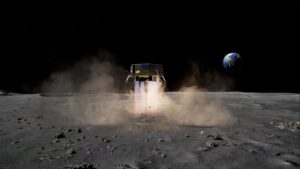
Masten Space Systems, a company developing a lunar lander for a NASA mission, filed for Chapter 11 bankruptcy July 28 with plans to sell one of its major assets to a competitor.
The post Masten Space Systems files for bankruptcy appeared first on SpaceNews.
Russian space chief: no date yet for space station pullout
Friday, 29 July 2022 13:39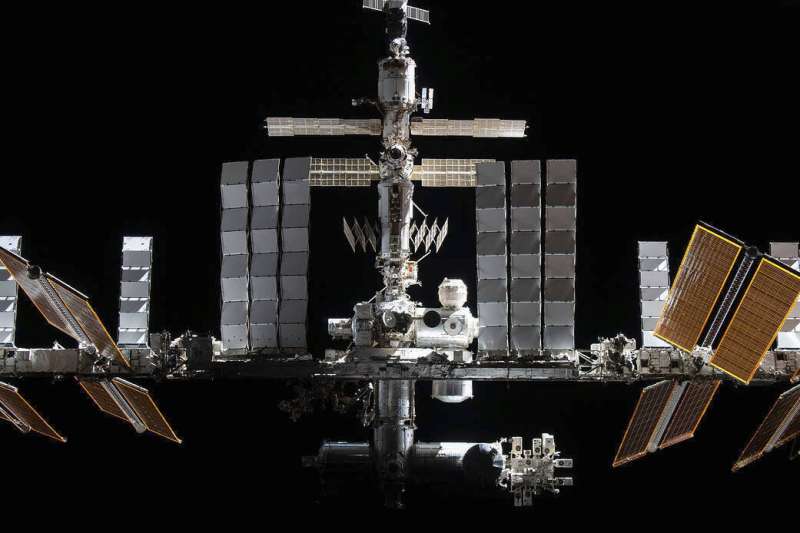
The head of Russia's space agency said Friday that the country has not set a date for pulling out of the International Space Station and that the timing would depend on the orbiting outpost's condition.
Week in images: 25-29 July 2022
Friday, 29 July 2022 13:01
Week in images: 25-29 July 2022
Discover our week through the lens
Congress passes NASA authorization bill
Friday, 29 July 2022 10:29
Congress has passed the first NASA authorization bill in more than five years, formally extending operations of the International Space Station and backing NASA’s Artemis exploration effort.
The post Congress passes NASA authorization bill appeared first on SpaceNews.
When Russia leaves, what's next for the International Space Station?
Friday, 29 July 2022 10:11 Russia's announcement this week that it will leave the International Space Station "after 2024" raises critical questions about the outpost's future viability.
Here's what you should know about Moscow's decision, and the potential effect on one of the last remaining examples of US-Russia cooperation.
- Why does Russia want to leave? -
Russia's invasion of Ukraine has pitted it agai
Russia's announcement this week that it will leave the International Space Station "after 2024" raises critical questions about the outpost's future viability.
Here's what you should know about Moscow's decision, and the potential effect on one of the last remaining examples of US-Russia cooperation.
- Why does Russia want to leave? -
Russia's invasion of Ukraine has pitted it agai 
